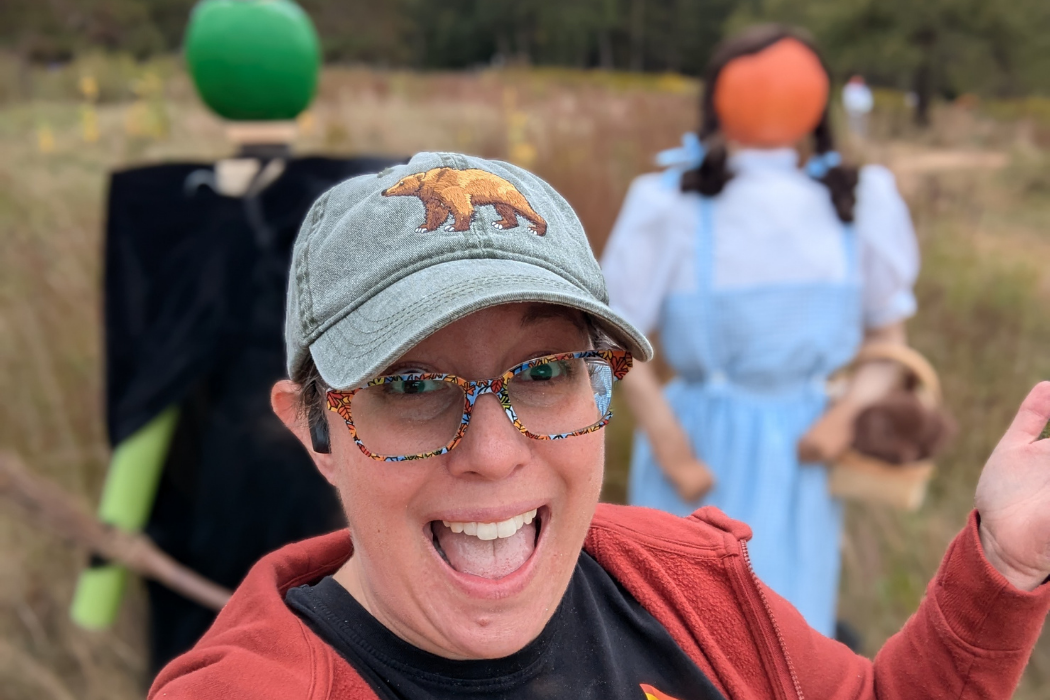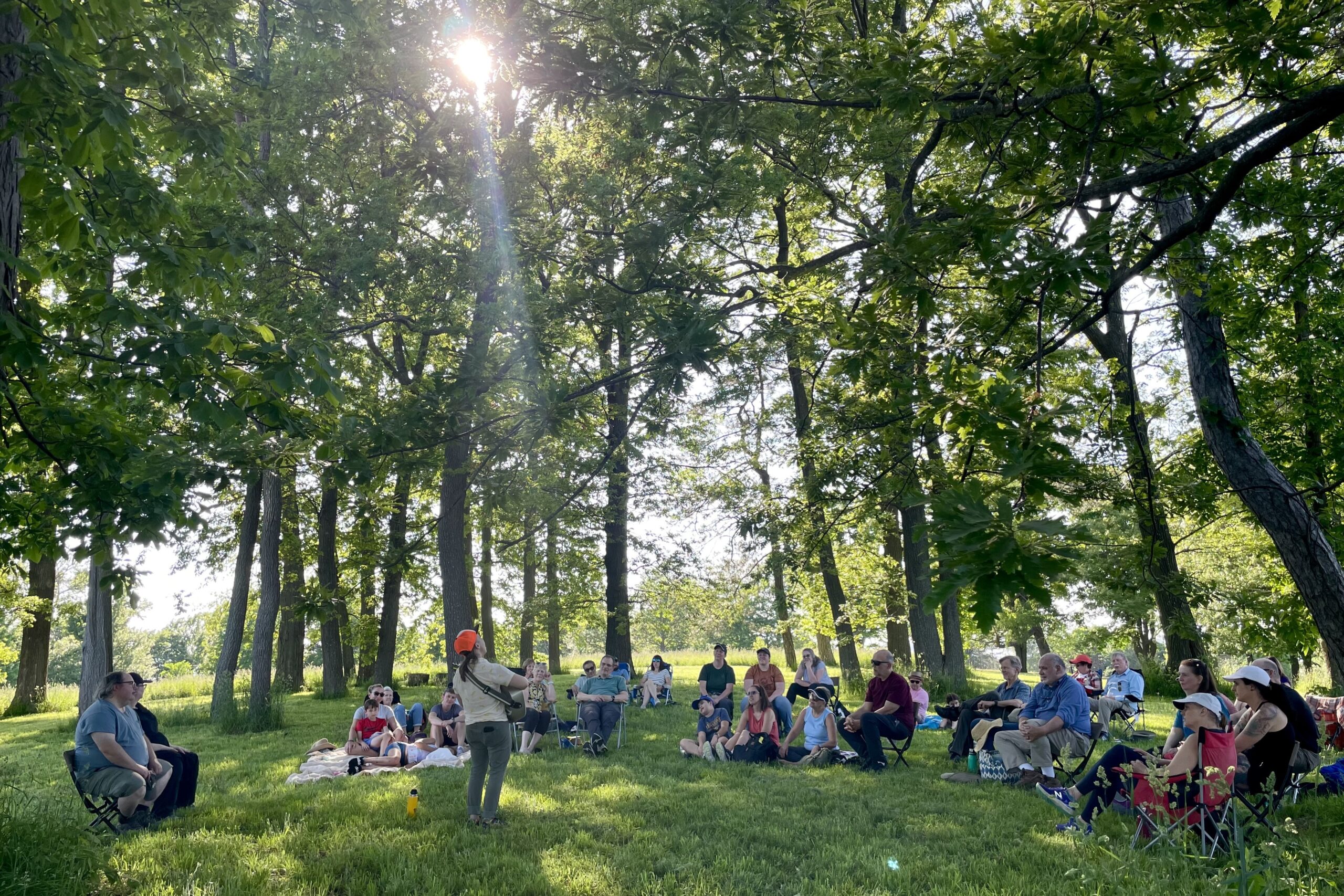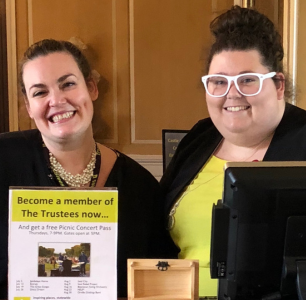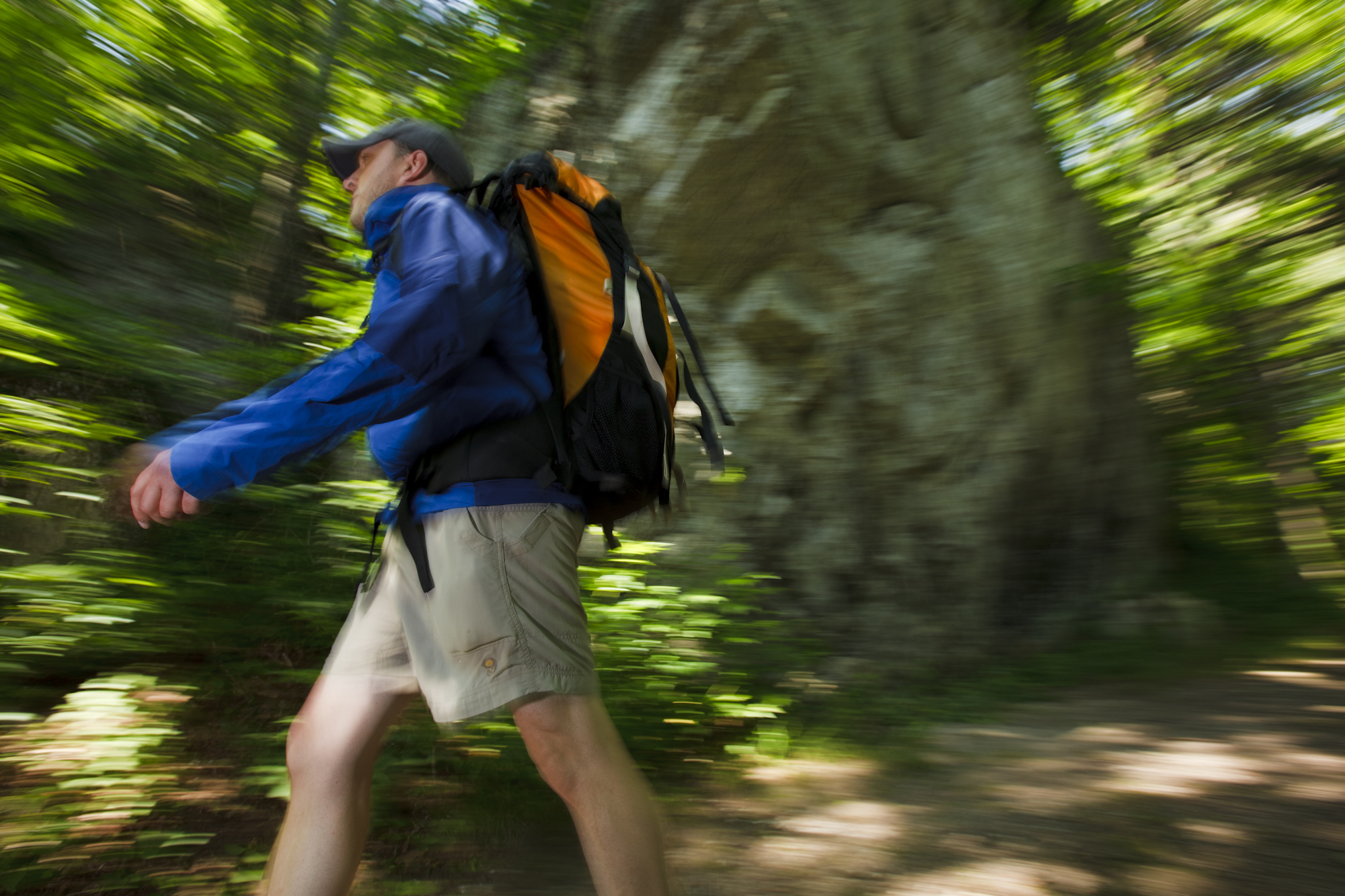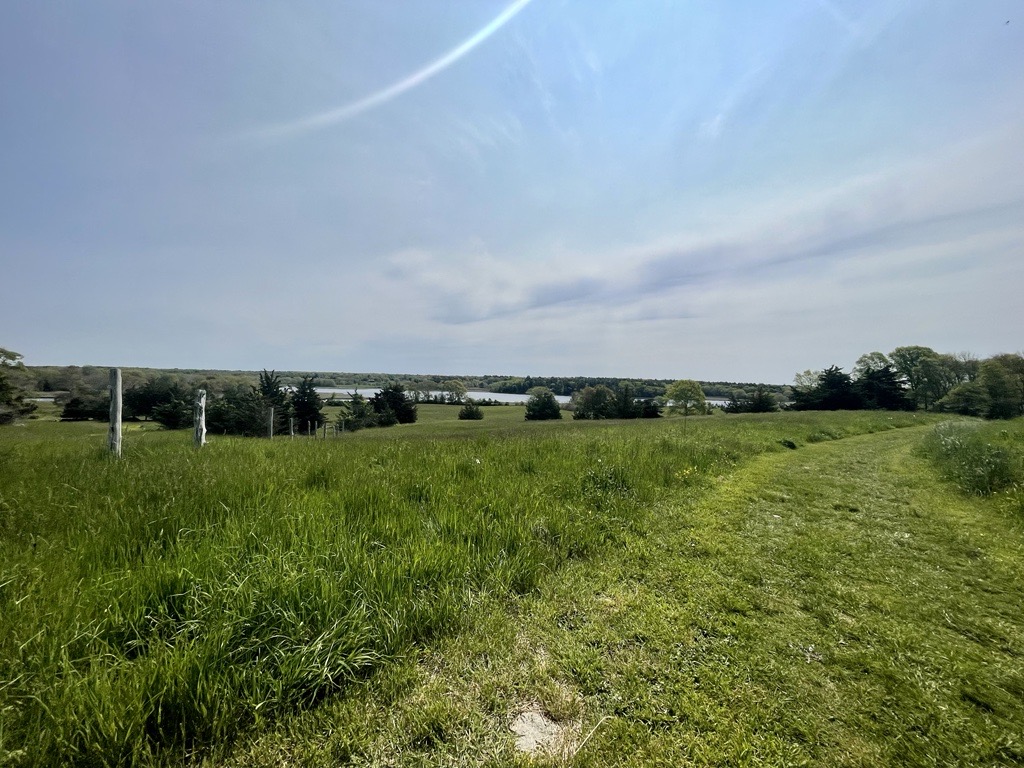
The Experience
Building a dugout canoe may be an experience you would have in your day-to-day life nor one you have ever experienced. For Native people of the Northeast, however, it is.
Imagine for a moment: you walk down a pathway at Westport, keeping the horizon in your sights as the gentle grasses of the inland waterways surrounding you sway in the wind. Before you is a gathering of people, laughing and singing, surrounding a freshly cut twelve-foot log with a line of fire burning along its top ridge. You see smoke rising from this controlled burn, and as the wind shifted, so too does the smoke. All of your senses are engaged — you smell the sweet scent of burning pinewood and sap alongside the aroma of blue fish and potatoes charring on the fire and corn roasting in the husk. You hear the sound of the burning wood cracking and creaking under the heat with the community tending to it; weaving in and out of the present and the past as if in a dance with their ancestors. This would continue for days, with people coming and going at all hours; some would sing, some would tend to the fire, some would carve the burned portions, and others would tend to the community building the work.
Through all of this comradery and engagement, a mush8n (pronounced ‘mishoon’) would be born. Paddling this vessel would be just as visceral an experience.
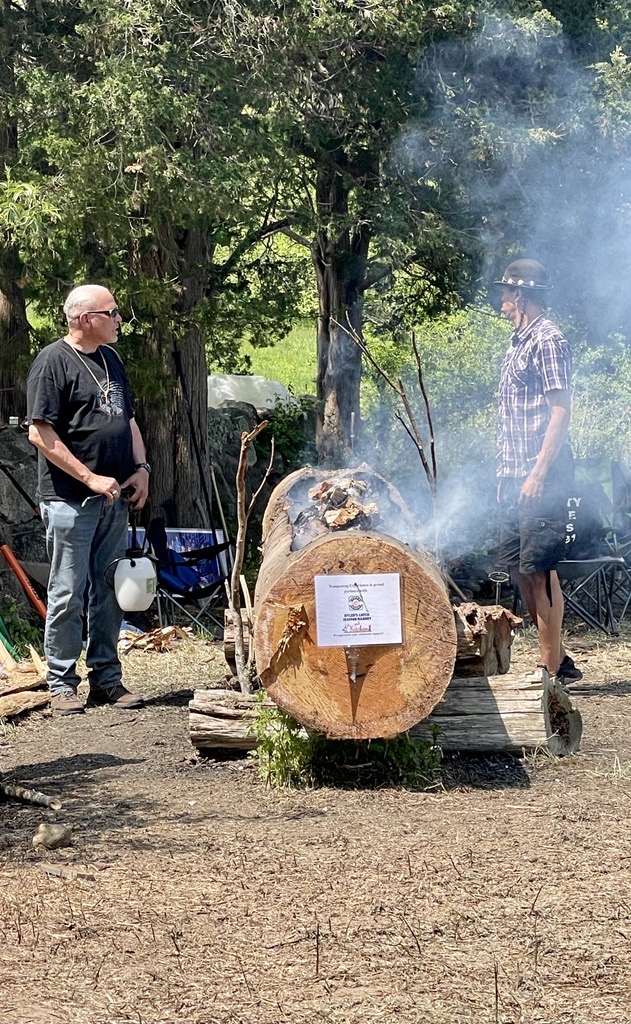
Annawon Weeden (Mashpee Wampanoag) instructs his community on how to apply water to the canoe to prevent overburning on the Westport Town Farm Canoe burning site.
This canoe, made on the Westport Town Farm Property, owned and stewarded by the Trustees of the Reservations, was the first like it for the organization. This collaboration was hosted by the Westport Land Conservation Trust, The Trustees, and the Westport River Watershed Alliance. Not only was it done in Wampanoag Territory but was created in collaboration between a host of Native communities from across Turtle Island. This project was co-led by Andre Strongbearheart Gaines Jr., a cultural steward of the Nipmuc nation and the cultural director of No Loose Braids, and Annawon Weeden, a cultural steward of the Mashpee Wampanoag nation and the founder of the Wampanoag Experience. Through their organizations these two men focus their efforts on cultural revitalization through preservation, land stewardship, and art making as well as sharing that knowledge with the public through programming and performances.
For Indigenous New Englanders, water has always been a source of connection. Our rivers and waterways have been meeting places, animate beings, tools of survival, and sources of sustenance. But most of all water has connected us to one another. Prior to European contact, dugout canoes, or mush8nash, were our principal means of traveling throughout New England. Rivers were utilized like modern highways. Despite our resistance, the spread of English colonies transformed our coastlands and our landscape. Colonists cleared and fenced the land, claimed and tried to tame our waterways. Forced onto reservations, our ancestral communities lost their connection to one another, but these waterways remained and served as a reminder of stability and perseverance.
Recent archaeological excavations of the historic canoes of our ancestors in locations both coastal and inland across the state have revealed another sign of that same persistence. Mush8nash were sunk into the water as a method of safeguarding—not just for future generations, but to ensure their survival through the dry, harsh New England winters. Water in this case is not only a source of life but a source of preservation and protection.
These remnants of our presence in a colonial wasteland remind us that we have never left our homelands. Our people are often forgotten by the general public in Massachusetts, though our language persists in place names across the state. But we are still here. And over the past two decades, the revival of mush8n-building traditions among Native American communities in New England has flourished even in the face of adversity. Reflecting on the significance of his experiences, Strongbearheart reminds us that “these vessels, the mishoons, will teach you about patience, pain, love, and acceptance. Every drop of water that falls on the flame, connects the spirits of our ancestors to the flesh of our present day—awakening the truth of our stories to be told.”
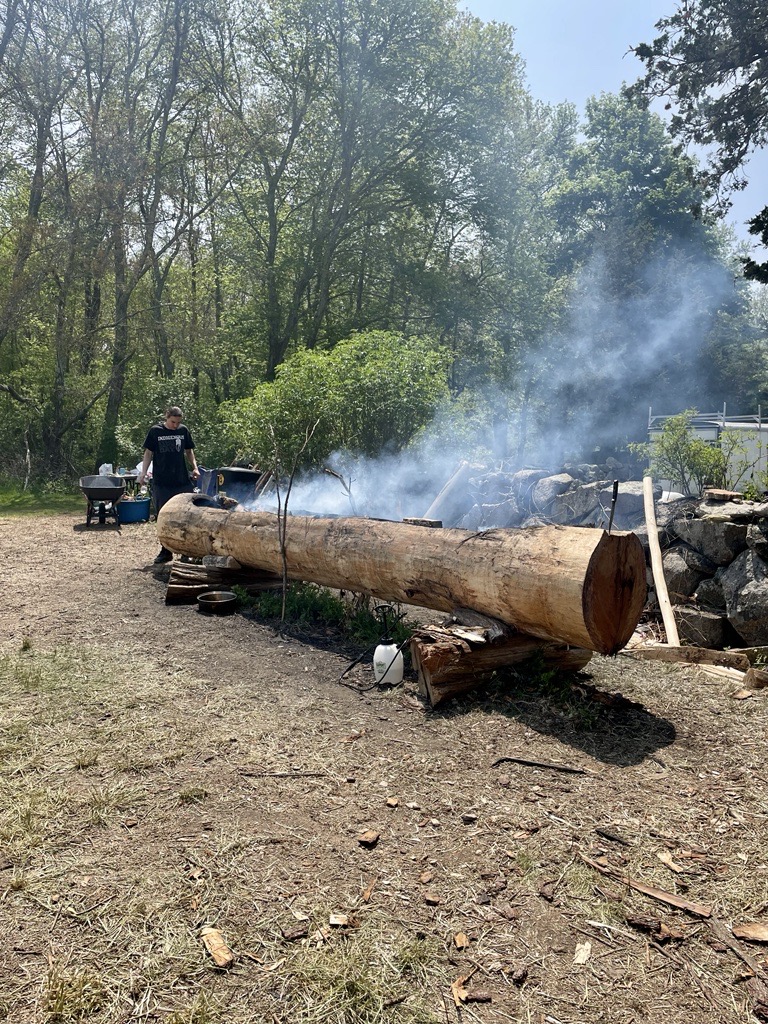
A dugout canoe burning on the site of the Westport Town Farm on May 15th, 2023.
At the heart of these projects is what Gerald Vizenor, an Anishinaabe culture theorist and leading scholar in the field of Native American art history, calls “survivance.” Survivance is being active and present, being survivable, being more than reactionary, to endure. Stories of survivance are about continuance and of adaptation. It means that we are still here. These boats are both an act of resistance and survival that calls attention to the fact that Indigenous people endured the violent ambitions of settler colonialism and still remain. They are a resistance to the dominant narrative of absence and tragedy.
When you are building a canoe, you are building a relationship. Like many other traditional arts, the strength and continuance of this making process depends on the relationship between the person and the vessel. Shipbuilding is one of the oldest industries in the United States and its earliest roots are in the colonial settlements of the Eastern Seaboard. This extractive industry was profitable for colonial Massachusetts and continues to impact our society today. The success of these early settlements combined with the abundance of dense forests and established sawmills in the suburbs around Boston led to an abundant shipbuilding industry that would forever shape our understanding of Massachusetts. What this process left out was the people who have called this place home since time immemorial. Colonists recognized the resources that were before them but were never grateful or respectful of the collective identity of the beings they were extracting from. This is where Native perspectives differ. We do not benefit from the extraction of the land and its resources but rather work in collaboration with it and offer thanks for its willingness to do so. Trees are gifts unto our people that we rely on not only for artistic pursuits but for the maintenance and survival of our lives. In turn, trees rely on our caretaking for their ultimate survival and continuance. Boats then become a symbol of the strength of that reciprocal relationship.
Final Thoughts
As an Aquinnah Wampanoag woman myself, it is important to me that the public understands the weight and enormity of completing projects like these. That New England people take something away from the experience—it is more than just single-use plastics, it is more than keeping your environment clean. Jonathan Perry, an Aquinnah Wampanoag cultural steward and mush8n maker, shared that “we should be protecting our land and waters; we are part of that water.” Like Perry, I hope the greater public will be motivated to learn more, to be supporters and allies, to fight against injustice, to confront ignorance, to recognize the significance and lasting presence of our people, to fight for this earth, to protect our waterways, to protect this place.
